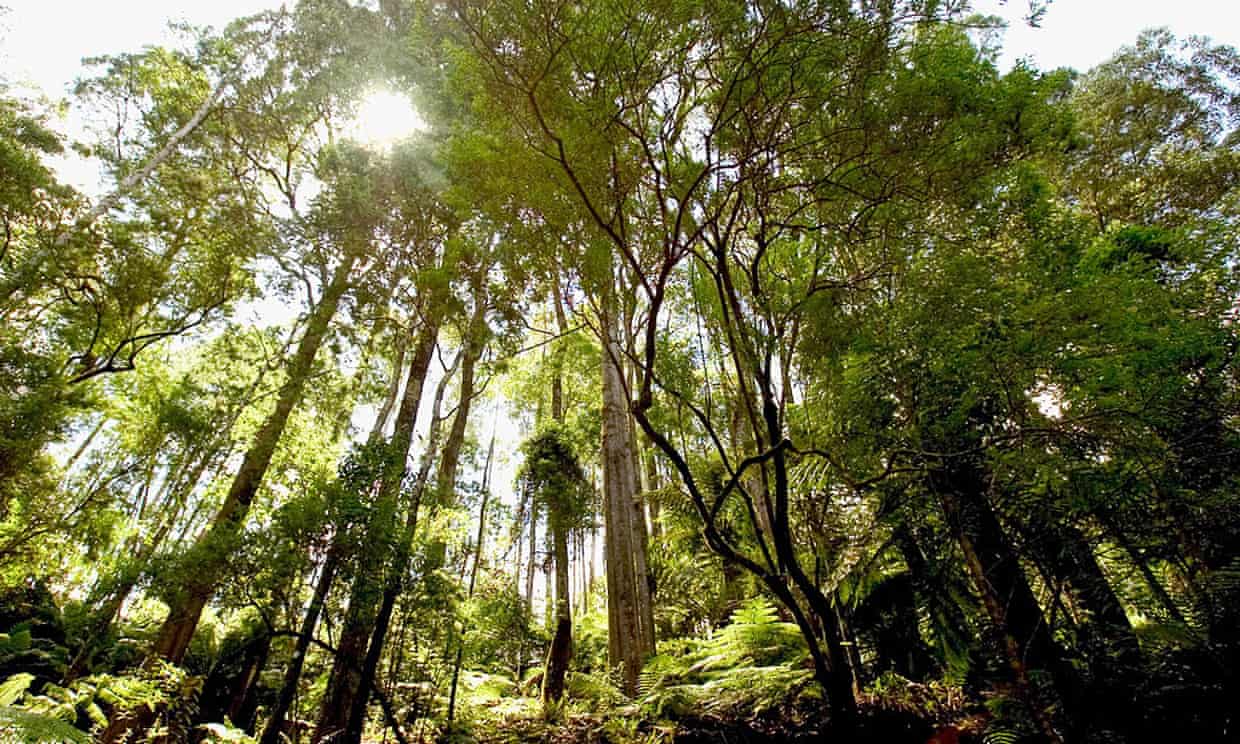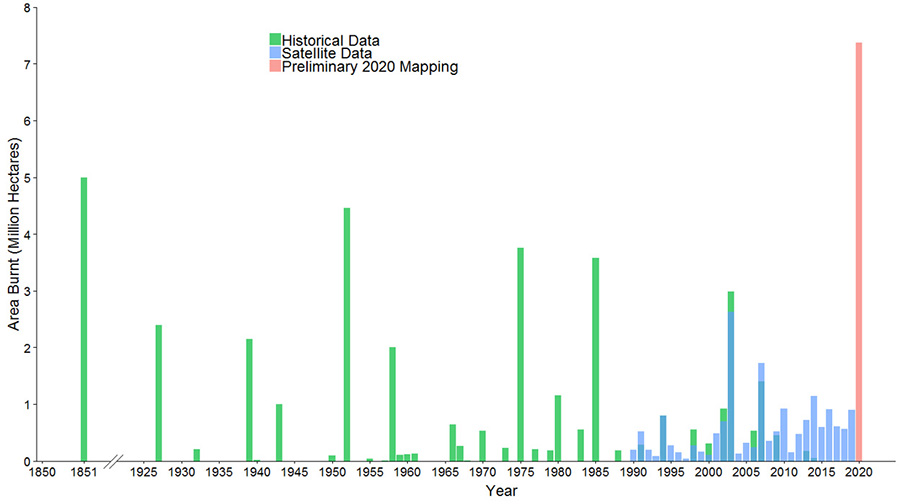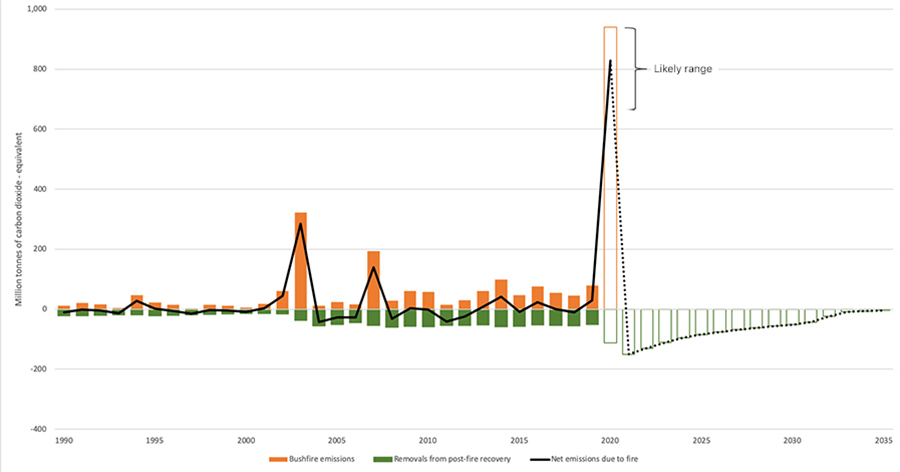"The propaganda is strong," Youtuber friendlyjordies tells us in a video extolling the power of switching superannuation to fight climate change. "We've all been sold a big lie."
Unfortunately, he is selling a big lie himself - that market mechanisms can do the job of averting climate change. Or, as he put it later in said video: "the platitude that 'you vote with your wallet' is actually true."
It's not.
 |
| friendlyjordies in said video, singing the praises of an Adani-loving government |
This post is a follow-up to my 1.5c lifestyle challenge one analysing how much impact switching bank can make - and as I make it clear there, I have personally already switched my super (and bank) to one that invests in renewables (or doesn't invest in coal). I'm not trying to claim that private investment in renewables won't do anything. But, like switching lightbulbs, it's a "solution" that is vastly undermatched to the severity of the crisis we are facing.
Now, in his defense, while he might seem to relish in dunking on climate activists for painting "crap signs" like they are in Year 1 and taking to the streets, friendlyjordies didn't just pull this argument out of nowhere. As I mentioned in the prior post, Australian Ethical markets itself on the promise that their super will help to finance the zero carbon transition. His video is in support of another super fund - Future Super - and it actually draws on a report comissioned by them, alongside climate campaign group 350.org and the UTS Institute for Sustainable Future (ISF).
Sounds great, right? A well-researched plan that doesn't require us to get our lazy arses off the couch? And only 12.4% of Australians have to do it to decarbonise our entire economy - or as few as 7.7% to get us to 100% renewables by 2030? If that's all it'll take, why hasn't it happened already?
Unfortunately, friendlyjordies has fudged the numbers by more than a little. He says less than the 300,000 people who marched in days of action need to switch their super, and they'll make lots of money doing it, when the real number is more like half of all Australians, and returns are definitely not guaranteed. But before we get to that, there are a few big problems with the plan itself.
The biggest warning sign for me was the price tag. According to the report by these research and campaign heavyweights, the cost of transitioning Australia to a zero-carbon grid within ten years is a whopping $788 billion AUD (in 2018). That's several times the amount the federal government recently splashed out to stop our economy going into freefall because of the present pandemic; but more to the point, it's a lot larger than the price given by Beyond Zero Emissions (BZE). Nearly double as much. Their 2010 plan to decarbonise our grid is fully costed, and their initial capital investment is much lower at $370 billion AUD (in 2018 terms, $434 billion AUD). So why the difference?
The reason is, the frame of reference is completely different. The BZE Stationary Energy Plan is, above all, an engineering one; they look at the technical challenge and devise a way to overcome it. The ISF plan, on the other hand, is written from the point of view of an investment firm; they are more preoccupied with the return on investment (ROI), and how technologically sound the solution is doesn't matter as much as if it will generate a 7% ROI.
Although they haven't published the technical details the way BZE have, the overall breakdown of energy type in the ISF plan suggests the oversimplification that has led them to arrive at a figure nearly double that of BZE: more than half of power would come from solar photovoltaics (PV).
Solar PV and wind power have both been very good investments in recent years, with returns of around 10% on investment. So if that's the metric you're starting with, they seem like a good bet - just keep building them until we have enough, right?
This is the finance world equivalent of everyone in the country just buying 100% renewable energy. As I've talked about in the first post of the 1.5c lifestyle series, our grid doesn't actually work like that - and in fact, we're very close to reaching the limit at which intermittent distributed PV power and wind will start causing problems, unless there are major reforms by the regulators and governments. We are already likely to have days of 75% renewable energy by 2025 - and at that point, the regular will have to switch off power plants to maintain stability. Once that happens, the ROI on those assets will plunge.
The major changes that we need are ones that friendlyjordies and the ISF plan don't talk about - they are ones that market investment can't give us - and they are ones that the BZE plan has modelled and costed. They are grid connections from coast to coast, upgraded transmission lines, large-scale storage, and flattening our evening peaks.
While friendlyjordies does also lampoon the backward-thinking, bucket hat-wearing Dad for asking "what about when the sun doesn't shine?" - the truth is, that's a serious technical challenge. Australians use the most electricity on hot evenings in the summer and shoulder seasons, when they get home and switch on the AC - right as the sun is setting. This isn't an insurmountable challenge; the BZE plan fixes it, by investing in solid upgrades to our transmission infrastructure, linking the two main WA grids to the east coast NEM, and making concentrated solar thermal (CST) with inbuilt molten salt storage the backbone of our grid. That way, when the sun has set on Sydney and Melbourne, our AC units can still be chugging away on daylight in Perth.
The cost of linking the grids like this is significant, and returns on investment are not likely to be 7%. The Australian Energy Regulator recently approved a major interconnector between NSW and SA, which will provide both states with extra stability for distribution in peaks and troughs, as well as reducing the upfront cost of new renewable plants in western NSW. Even this 850km expansion, costing $1.53 billion (in 2020 dollars), is only estimated to return $269 million in likely net benefits - 12.5% overall, but most of these come in indirect consumer savings from dispatchable power and new investment in renewables, not directly from the interconnector's operational income.
The BZE plan puts a price tag of $93 billion AUD on the transmission upgrades required to convert our grid to renewables. This is a cost that will have to be paid, sooner or later - but without a likely ROI from the asset, a responsible super fund manager would never shell out the funds for it.
Then there's the question of energy storage. This is the main answer to Mr. Bucket Hat Dad, and Malcolm Turnbull's Snowy 2.0 is the kind of answer we've been given. There are major problems with that approach - which is why BZE made concentrated solar thermal, with in-built molten salt storage systems, the backbone of their plan. But the up-front costs are higher than solar PV, and despite it being commercially proven overseas, the market will not invest in CST in Australia.
At this point, I can only repeat that the ISF plan hasn't released detailed schematics of their plans. But it would seem that they have arrived at their huge number of $788 billion by picking the most profitable assets, and then massively duplicating them, until enough is built to run the NEM and WA's disconnected grids separately, and there is enough wind and solar power assets to keep on running the grid even when wind doesn't blow or sun doesn't shine.
The kicker is, as they don't seem to have incorporated any kind of storage, that most of these duplicated assets will be sitting idle most of the time. That isn't the case for renewable energy assets today. Bye bye 7% ROI - idle assets that are not selling electricity to the market don't make money.
This plan doesn't hold any water.
Even without all of those details, how has friendlyjordies fudged the numbers? Well, he himself admits 80% of Future Super's money goes into other things than renewable assets, even for their renewable-focused Renewables Plus. The rest sound like good things, don't get me wrong. But in order to reach our 7.7% of super fund assets needed to fund the switch to 100% renewables, then 38.5% of Australians would have to switch to Future Super, or other funds which are putting an equal amount of money into renewables. That's a lot more than the 300,000 who protested over the last summer; it's more than the 4.7 million (33%) who voted Labor in the last election.
So if the 300,000 people protesting in the streets all switched their super (assuming none of them were already ethical investors), we'd get a small portion of the way to 100% renewables. It might tip the stationary energy balance something like 5% towards renewables over the next ten years - not nothing, but a drop in the ocean compared to the task ahead of us.
But surely, friendlyjordies might ask, that 5% is better than achieving nothing, like you and your "crap signs" did in days of climate strikes?
It is true that our government doesn't seem to have budged very far on climate change. But Australians have. In the six months from July 2019 to January 2020, we went from 37% of Australians being "very concerned" about climate change to 47%, and from 43% thinking we are already suffering the impacts to 57%. The number of us "not very concerned" shrank over the same period from 16% to 11%.
Climate protests in that time cannot take sole credit. The summer of bushfires - and the fact that emergency service bureaucrats came out to say they were the product of climate change - no doubt helped shift the conversation. But so did hundreds of thousands of passionate youth. They may not have much in their super balance (and let's be honest, neither do I) - but they know that we cannot leave it up to the markets to solve climate change.
And as someone who attended the climate protests, there's another flaw in friendlyjordies logic; above all, the protests were an expression of anger by a generation of youth, whose future is being trashed - and who don't have much in the way of superannuation balances to switch. In 2017-18, even 25-34 year olds only had an average balance of $33,200 for women and $41,700 for men. Under 25s (the majority of the 300,000) don't even rate a mention. Those aged 45 and up have the decisive amount of the super pool, to invest as they see fit. Definitely not the majority of the protestors.
Voting with your wallet? It means that those with more money get more votes, even though they won't be the ones still around to live with the consequences.
My super is due to mature in 2055. If we haven't ditched our neoliberal obsession with market mechanisms and bloody well built the kind of smart grid that can support 100% renewables within a few years, then the worst-case scenario is collapse of civilization five years before I'm due to claim my lump sum. So I'm not particularly concerned about 7% returns, and I don't want us to fart around with the most profitable solutions when we have the technical know-how to do the job.
Protestors 10 or 15 years my junior, no doubt, care about it even less. They aren't voting with their wallets - they are voting with their feet. And they are doing it right.
We must take action now, regardless of the ROI.









